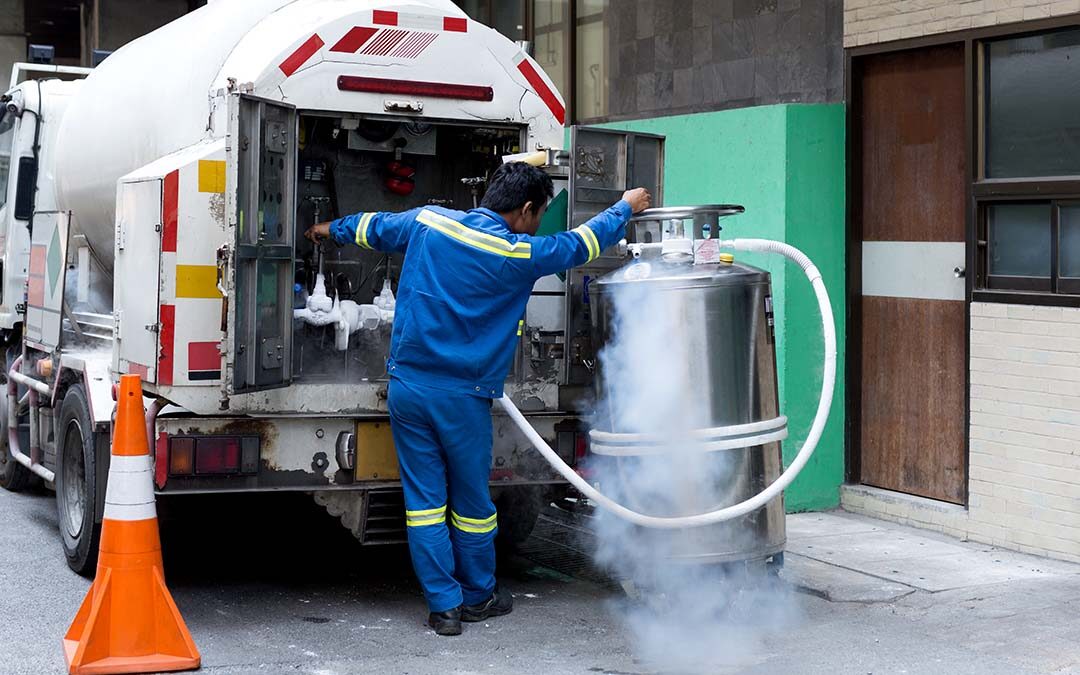If you could come back to life after you died, would you do it? This might sound like a thought experiment out of a science-fiction novel, but thanks to recent breakthroughs in research and technology, the possibility might be more science than fiction.
The idea of cryogenics, the process of freezing living organisms at extremely low temperatures, has been around for decades. But with advancements in the field and an increasing interest in life extension, more and more people are beginning to see cryogenics as a source of hope for an afterlife. This complex process is heavily reliant on liquid nitrogen.
Cryogenics and the Role of Liquid Nitrogen

It may stretch the limits of the imagination to think that humans could come back to life after death. However, it’s important to realize that our definition and understanding of death has transformed over time, alongside advances in science, medicine and technology. For example, prior to the advent and widespread use of cardiopulmonary resuscitation (CPR) in the 1960s, humans were declared legally dead if their heart stopped. Today, it’s considered malpractice if doctors don’t attempt to restart a person’s heart after it stops beating.
With that in mind, it might not be so hard to imagine that we could resuscitate a person in the future who had died from causes that we aren’t currently equipped to deal with. The process of cryogenics typically involves cooling the body to temperatures around -196°C, where all metabolic processes are halted, preserving the body in its current state. The idea is that with advancements in technology in the future, scientists will be able to revive the frozen individual and restore them to good health.
To achieve these extremely low temperatures, scientists use liquid nitrogen to cool and preserve the body. The liquid nitrogen must be continuously replenished to maintain the low temperature necessary to prevent tissue decay.
Currently, approximately 500 individuals have undergone cryogenic preservation following legal death, with the majority of them being located in the U.S. As of December 2022, the Cryonics Institute (CI) had 2,153 members worldwide. These members are either “in suspension” or are interested in having their bodies, body tissue or pets deep frozen at the facilities in Michigan. The U.S. has the most members, with 1,334 residents signed up. The UK is the second-most represented, with 126 members. Canada comes in third, with 111 members considering the use of life-restoring technological advances in the future.
One reason for the growing popularity in cryogenics is the advancements in technology that have made preservation more viable. For example, the development of vitrification, a process that uses cryoprotectants to prevent ice crystal formation and damage to cells during freezing, has made cryogenic preservation more effective. Additionally, the increasing interest in life extension has led many people to see cryogenics as a potential way to extend their lives beyond their natural life spans.
Looking Into the Future

Cryogenics is an intriguing field that offers the possibility of an “afterlife.” However, the challenges of storage and maintenance, as well as the ethical and scientific concerns, make it clear that cryogenics is not a simple solution.
As the feasibility of cryogenic preservation and its popularity grows, CalOx will be ready to supply this fascinating industry with liquid nitrogen. Our extensive experience and team of skilled technicians enable us to remain a reliable source of support for new technologies, such as cryogenics. Whether you’re using it in hopes of an afterlife, or something a little less prescient, we maintain a full inventory of liquid nitrogen, and can assist your company with a range of services, including regular deliveries, storage, handling equipment, and training and maintenance.
